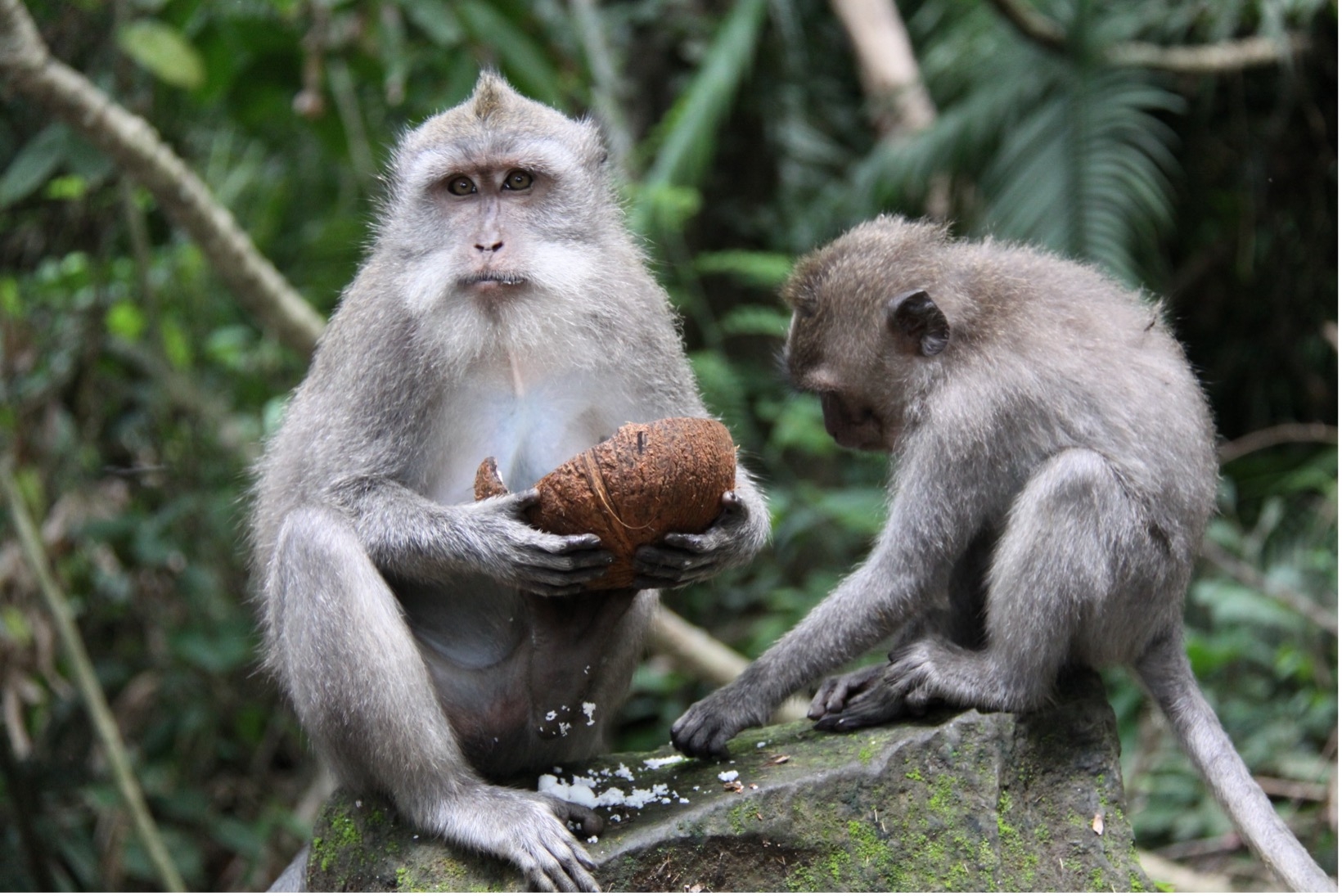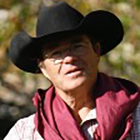You are here
The Movements of Reach, Grasp, Withdraw to Eat: Mediation by Separate Channels
Speakers
Abstract
Skilled hand movements allow us to acquire and prepare food, make and use tools, create art, and communicate. These abilities are central to the human experience and we perform them effortlessly. Yet, the evolutionary history of the control of the hands is complicated and poorly understood. Progress has been impeded by a lack of information concerning the use of the hands in most species of vertebrates. A predominant view, as espoused by the Primate theory, is that skilled hand movements evolved only recently, in the primate lineage, largely as a consequence of visually-guided adaptations to an arboreal habitat. We will discuss several limitations of the Primate theory and present an alternate theory of how skilled hand movements evolved, Multiple Motor Channel (MMC) theory. MMC theory posits that there is not a single evolutionary history or neural control system for the human hand. Rather, neurobehavioral control of the hand can be best understood by viewing it as a recent coalescence of discrete neurobehavioral systems that served different functions and were mediated by different sensorimotor circuits throughout their different evolutionary histories. MMC theory proposes that flexible coordination of the constituent movements used during feeding—the reach, the grasp, and the withdraw—enable the various skilled hand movements used by nonhuman animals as well as humans.


